Or, how to (maybe) survive til 2100
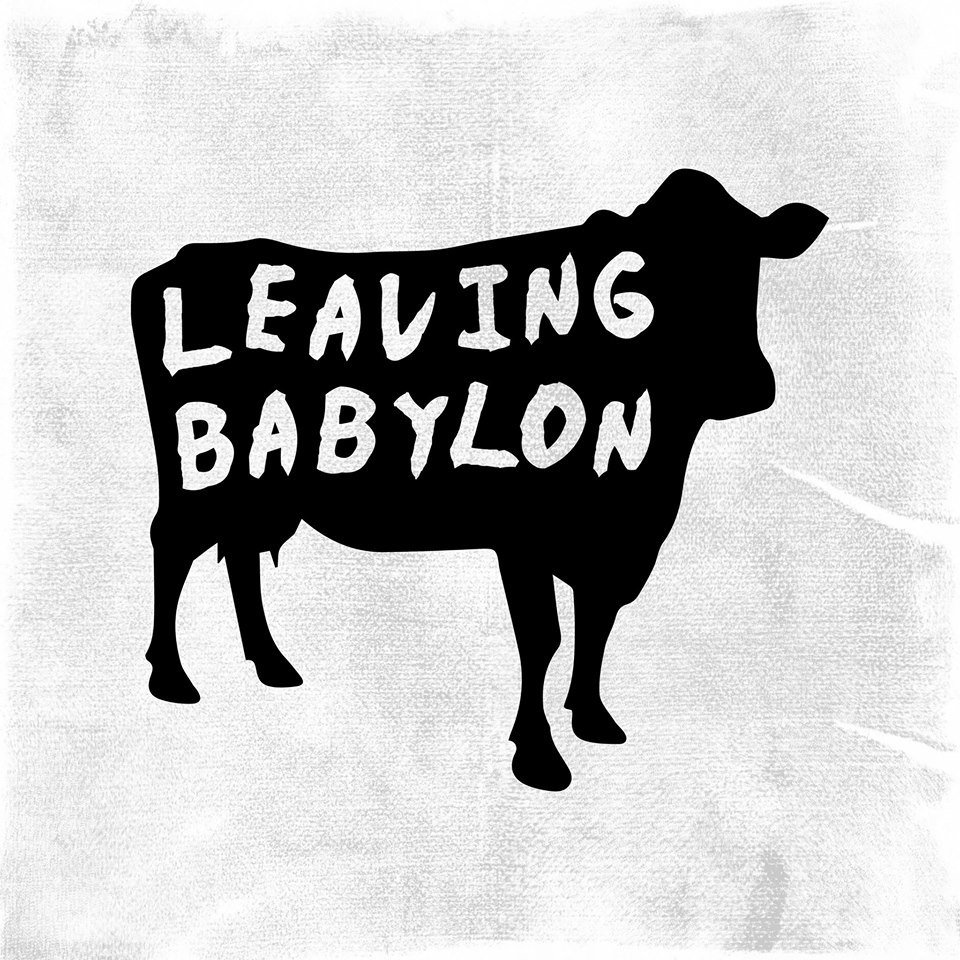
Leaving Babylon
{
{
The system that feeds, houses and protects us via surfaces
Leaving Babylon
{
{
Moving away from the fundamental unsustainability of these surfaces
The system that feeds, houses and protects us via surfaces
Leaving Babylon
{
{
Moving away from the fundamental unsustainability of these surfaces
The system that feeds, houses and protects us via surfaces
- Gaining knowledge & basic skills
- Withholding destructive financing
- Finding and innovating with true alternatives
- CAFOs
- Motorways
- Industrial estates
- Mortgages
- Politicians
Climate change
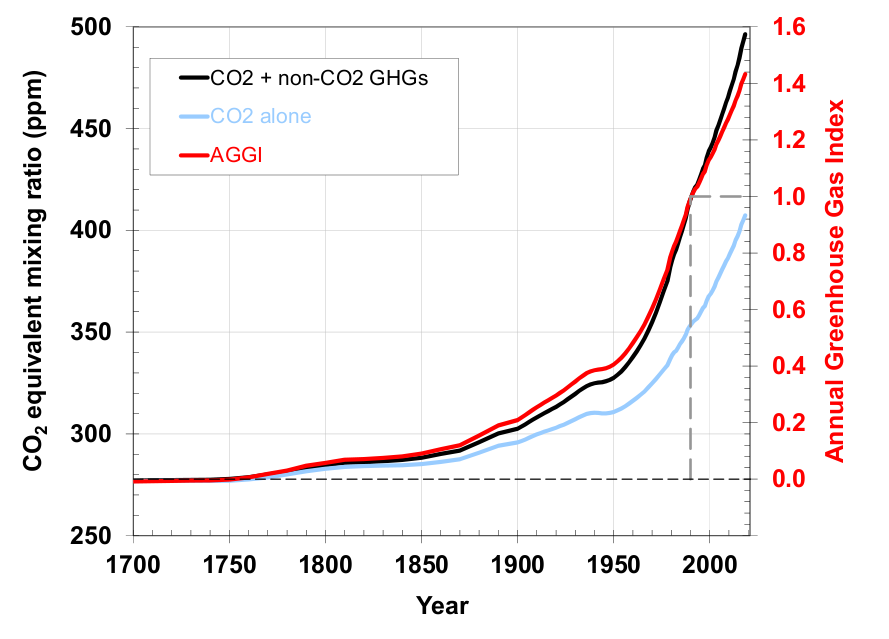
It might already be too late.
Climate change
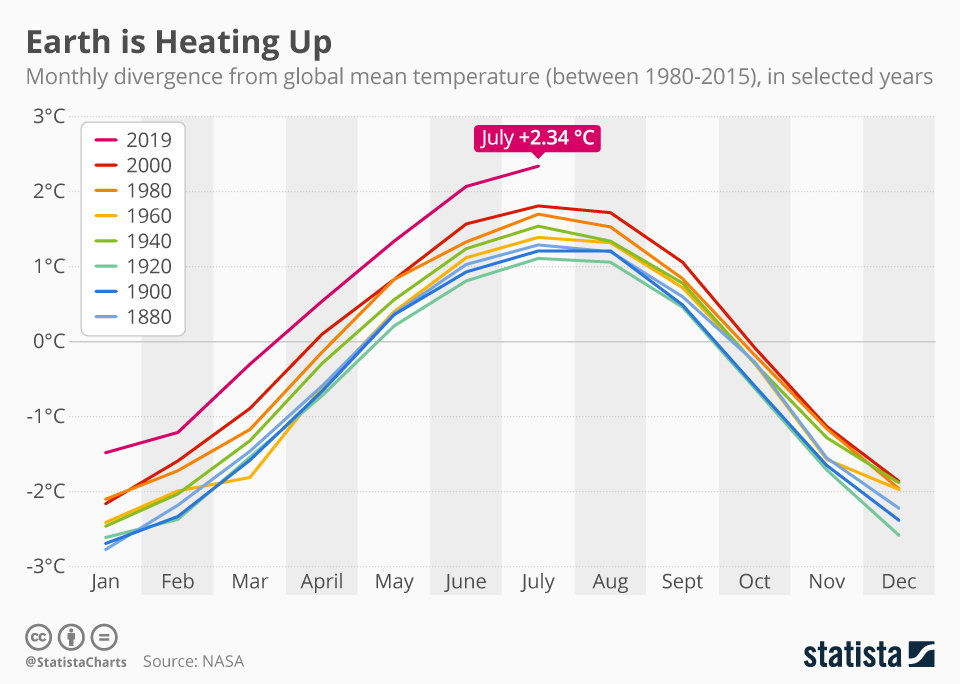
Climate change

Humans are causing the sixth mass extinction event.
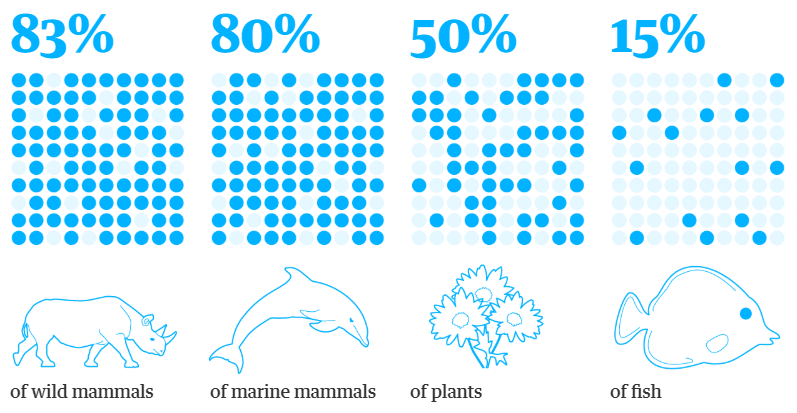
Biodiversity
Biodiversity
We have replaced the world's animals.
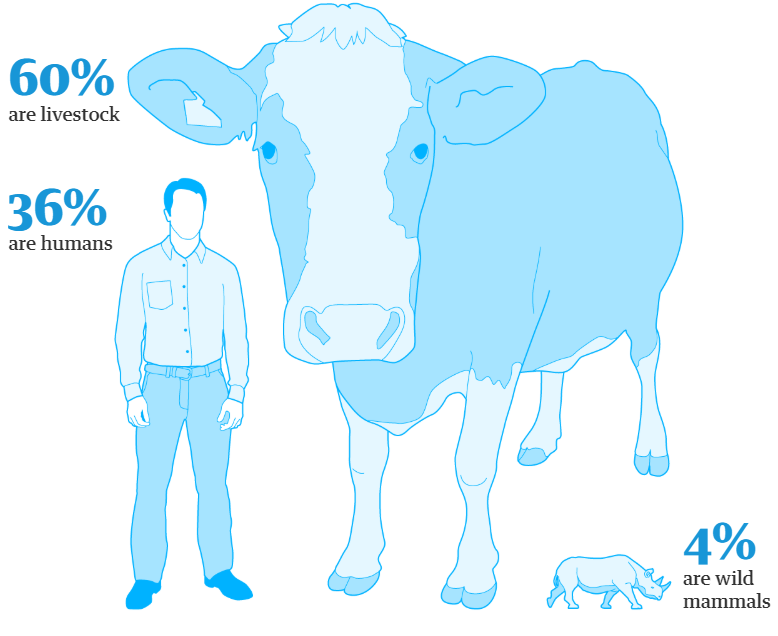

Biodiversity
The plight of pollinators is unprecedented.
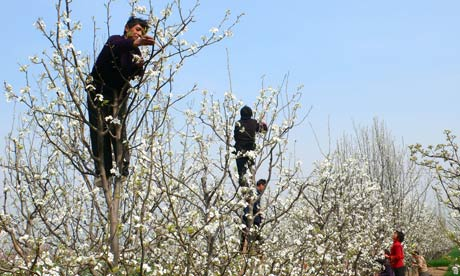
Water
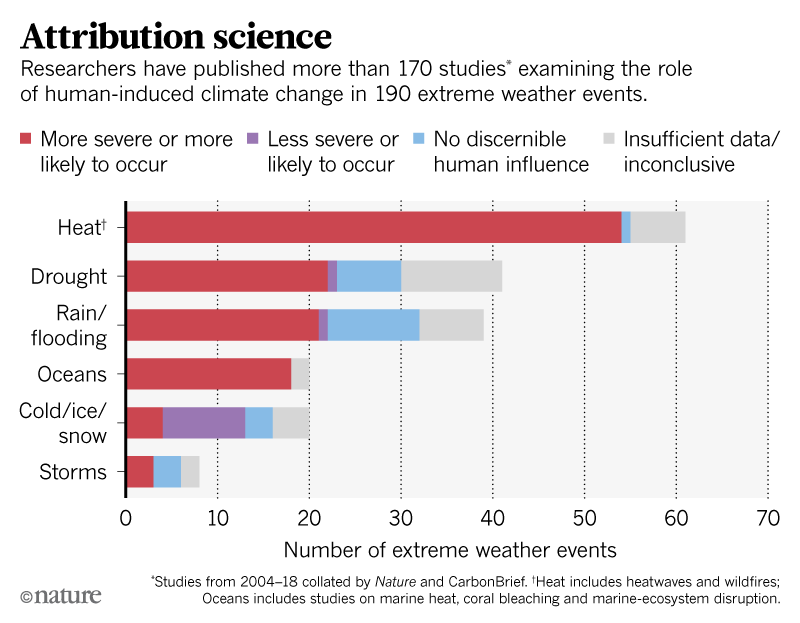
Water
By 2025, 64% of the world's population will be living in water-stressed areas.
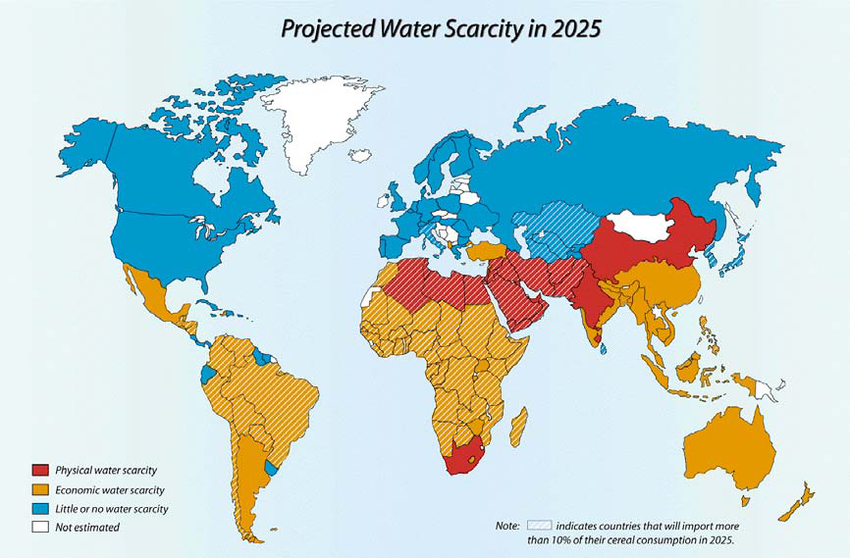
Water
"We are waging a war against the oceans and we are winning."
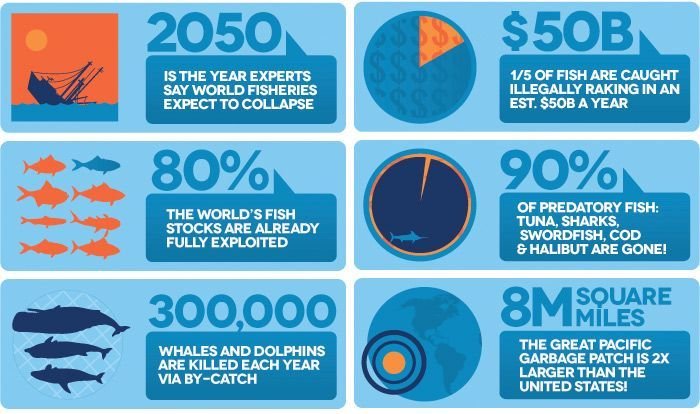
Water
More plastic than fish in the sea by 2050?
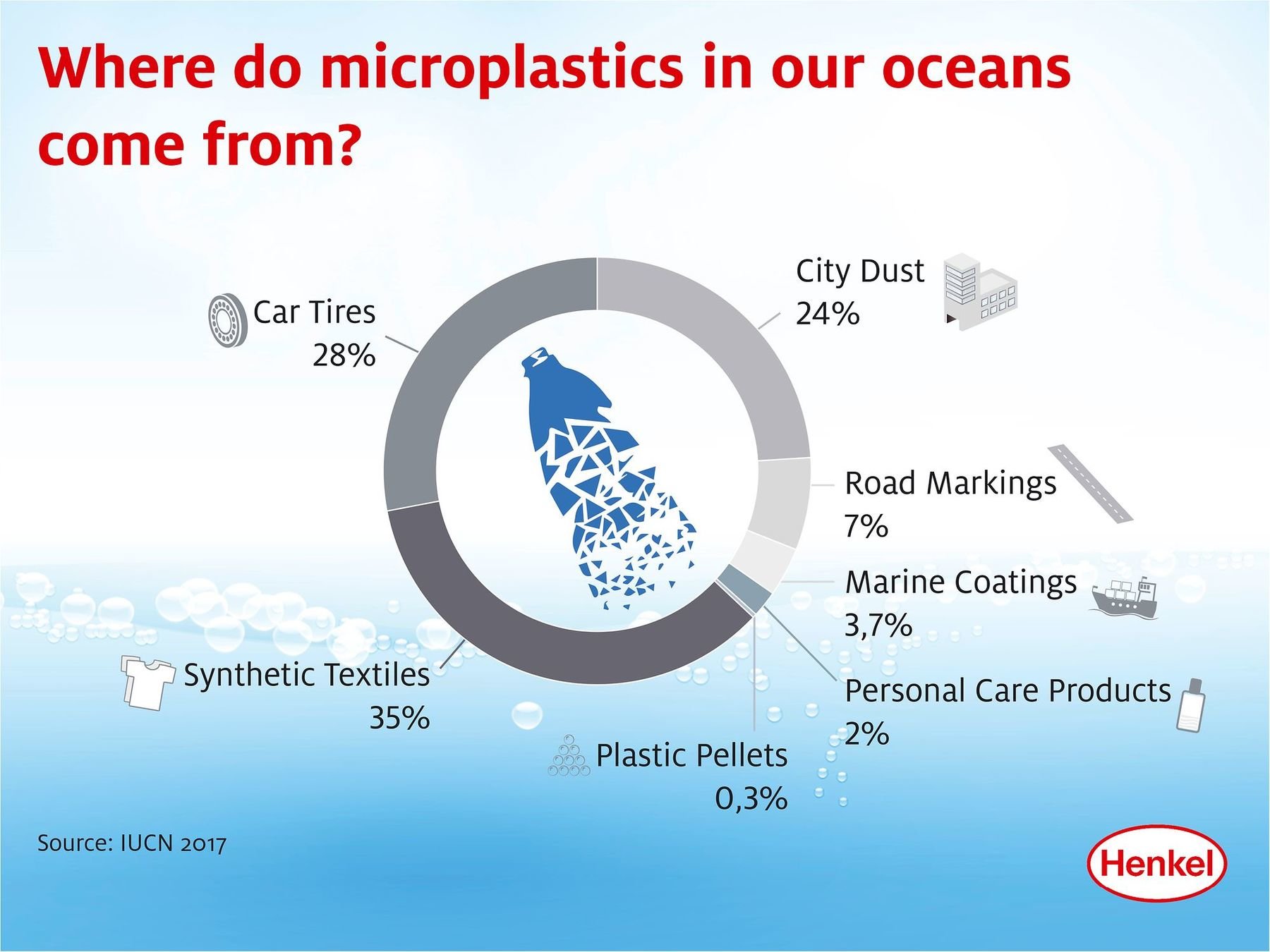
Go vegan!
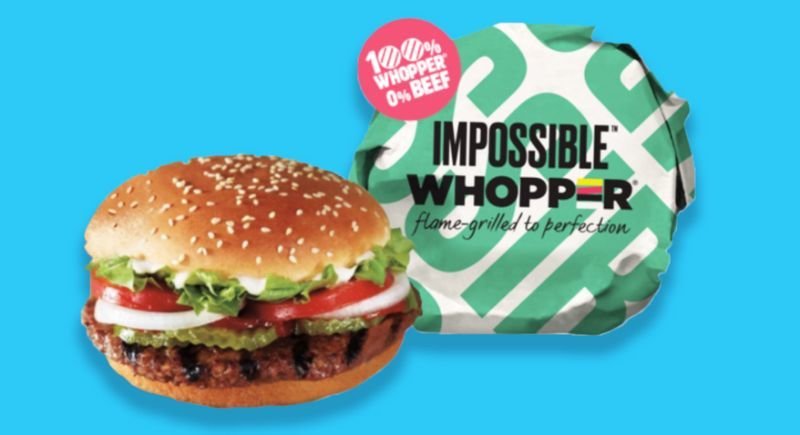
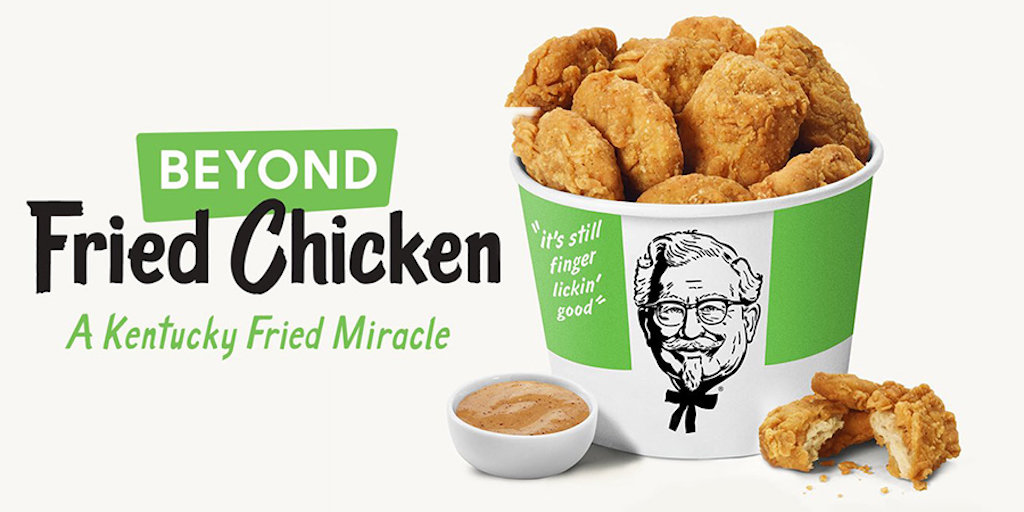

Why?
- Carbon footprint from food reduced by 73%
- Global agricultural land use reduced by 75%
- Global water usage reduced by 33%
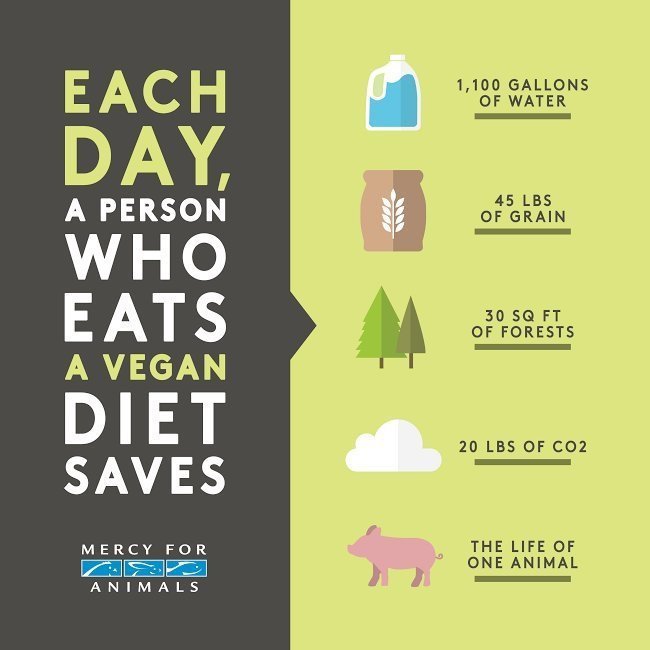
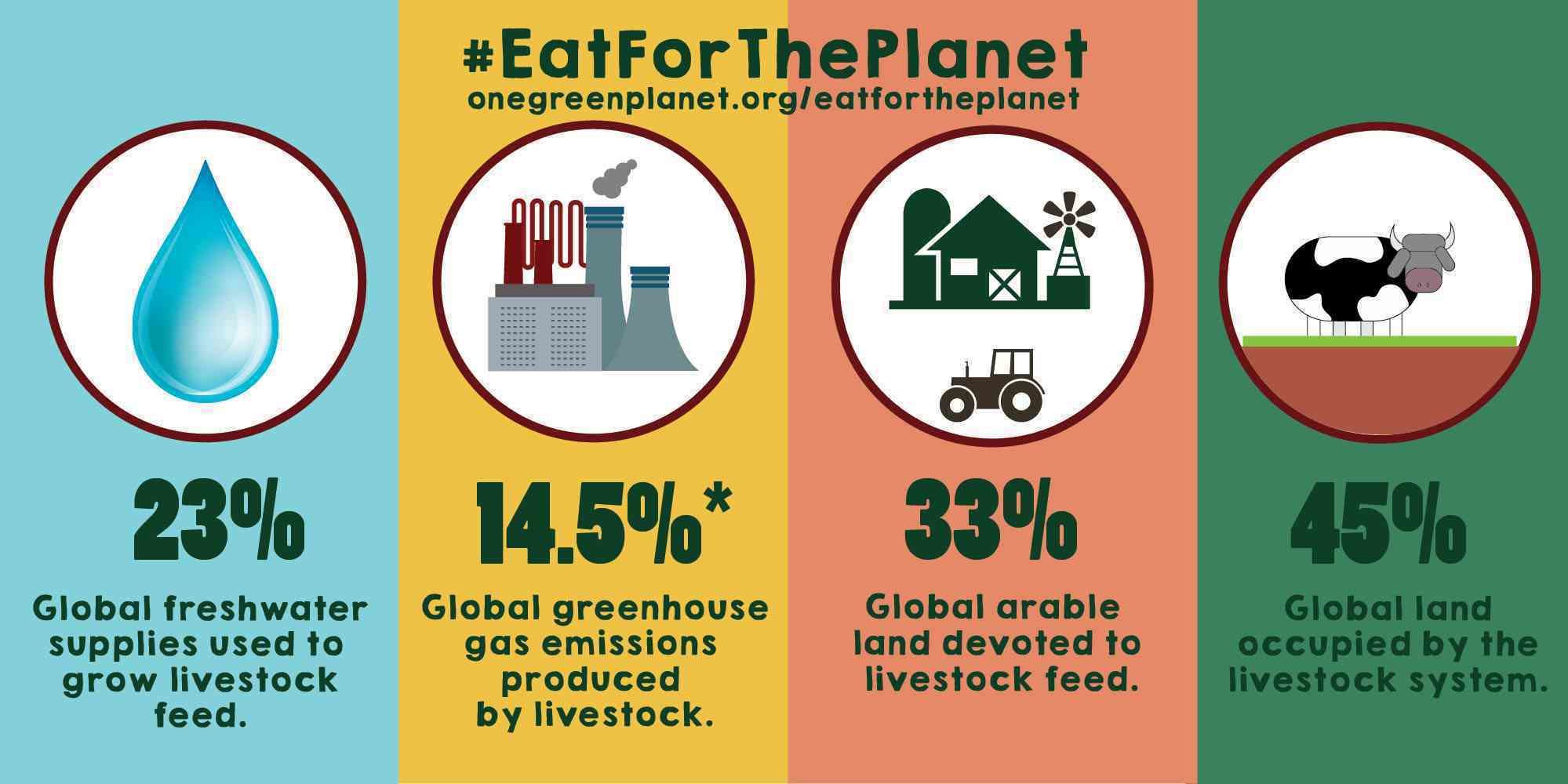
Total land area occupied by pasture is equivalent to 26% of the ice-free terrestrial surface.
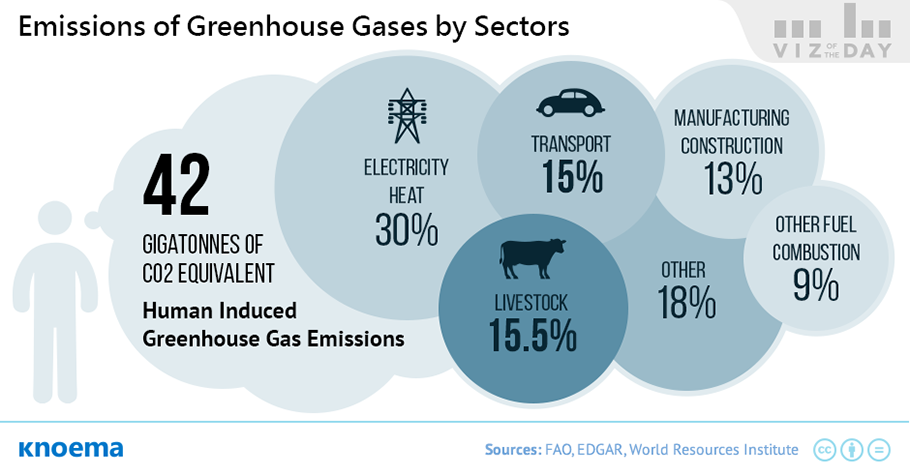
Includes an extra ~1% via specific global anthropogenic emissions:
9% of carbon dioxide emissions (mainly from land use changes including deforestation)
65% of nitrous oxide emissions (mainly from manure)
37% of methane (mainly from enteric fermentation and manure)
64% of ammonia emissions
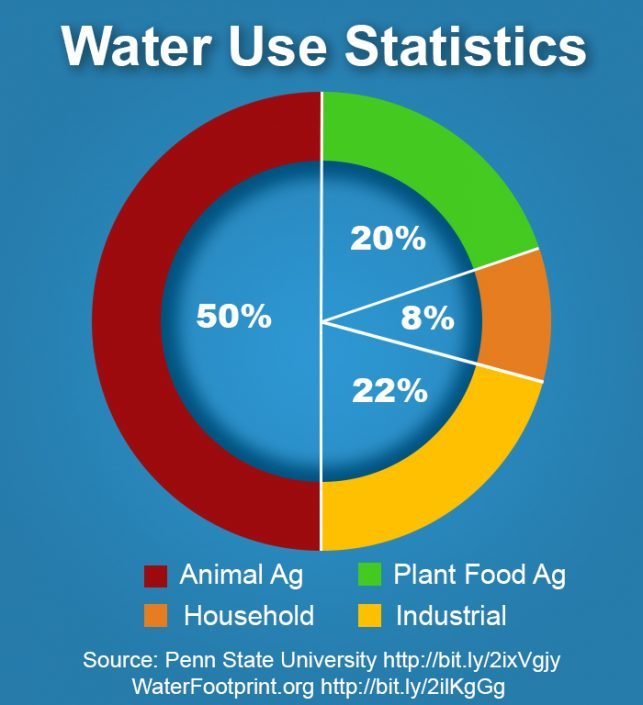
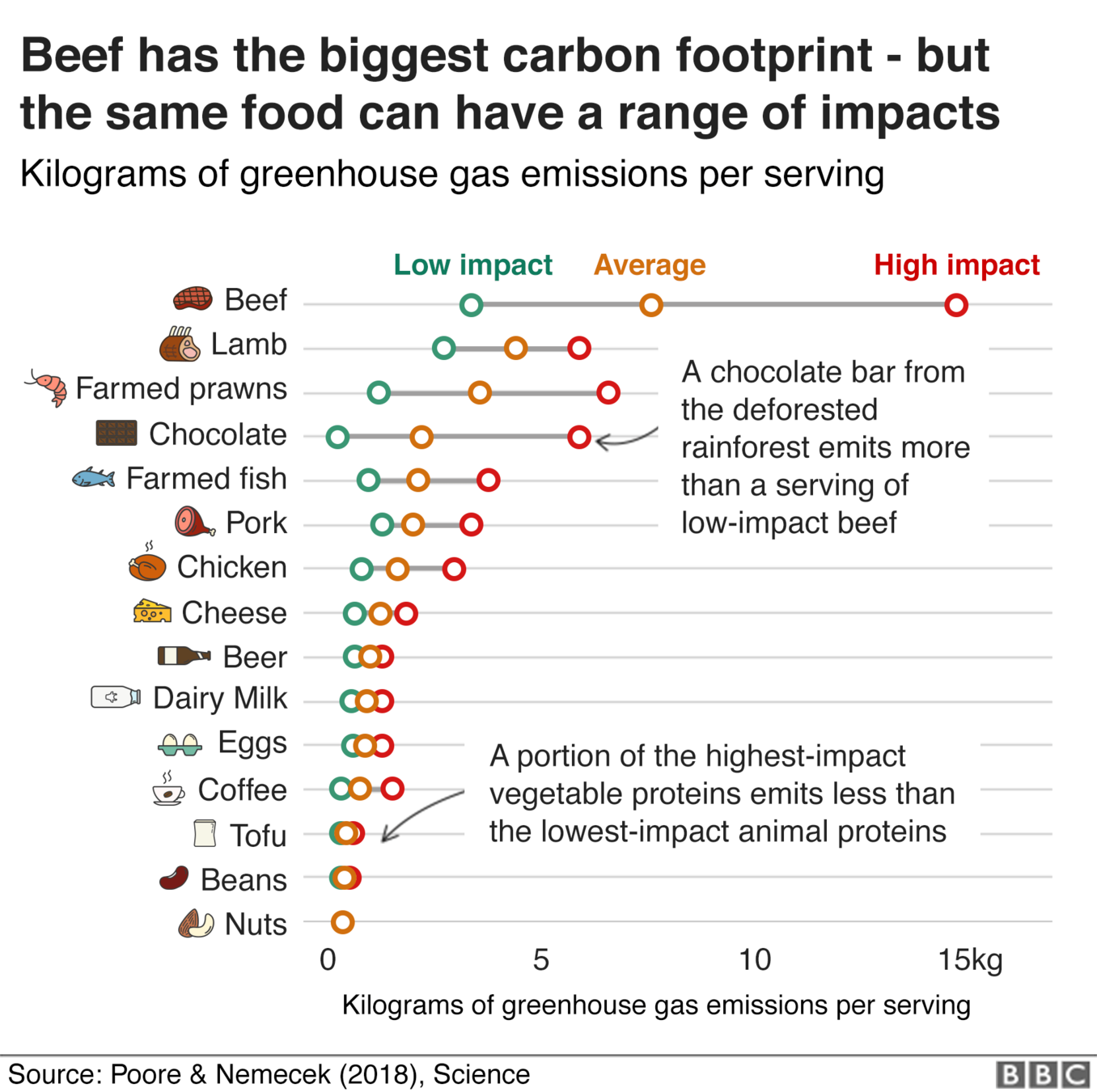

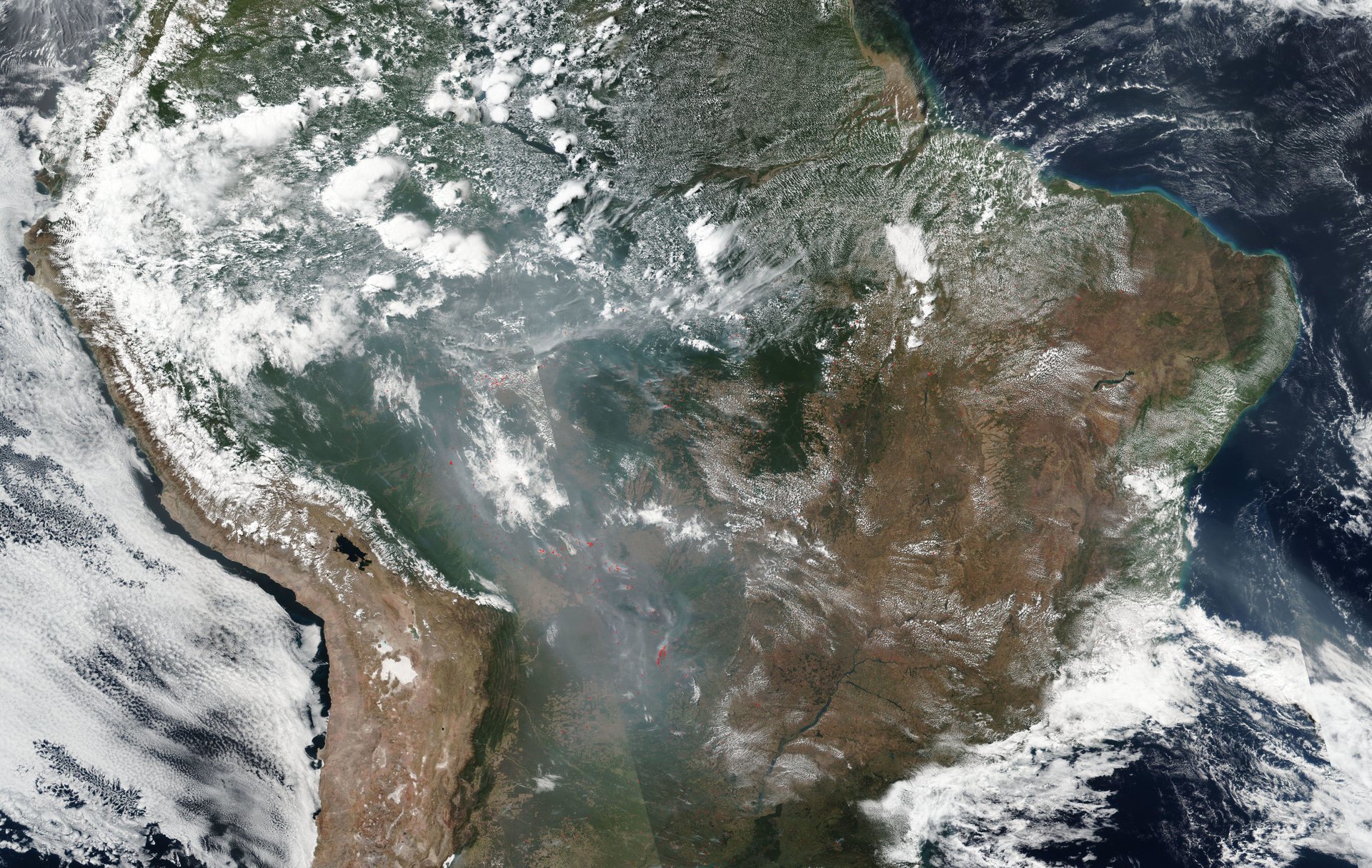
Caveats
- You can't just remove animal products from an average omnivorous diet and be healthy
- It's hard to find and consume consistently good, balanced vegan options
- Lots of new foods that require acclimatization
- There is no direct plant-based source of vitamin B12
- No plant-based product can mimic the flavor and texture of unprocessed red meat
- "It's too extreme!"
- No, it's not.
How do you leave Babylon?
- Meatless Mondays
- Veganuary https://veganuary.com/
- Ditch the car
- Avoid air travel
- Live in a city
- Don't have (more) kids or pets
- Recycle
- Grow your own things
- Go plastic-free (https://myplasticfreelife.com)
- Get active in your community (connect with others)
- Spread the word!
- Herbert Dei. Soybean as a Feed Ingredient for Livestock and Poultry. October 2011. DOI: 10.5772/17601
- Poore J., Nemecek T. Reducing food’s environmental impacts through producers and consumers. Science. 2018;360:987–992.
- Steinfeld H, et al. Livestock's Long Shadow: Environmental Issues and Options. Rome, Italy: Food and Agricultural Organization of the United Nations; 2006.
- Bar-On Y. M. et.al. The biomass distribution on Earth. PNAS June 19, 2018 115 (25) 6506-6511; first published May 21, 2018
- Ceballos, G. et. al.; Biological annihilation via the ongoing sixth mass extinction signaled by vertebrate population losses and declines. PNAS July 25, 2017 114 (30) E6089-E6096; first published July 10, 2017
- Tuso, P. J. (2013, February); Nutritional Update for Physicians: Plant-Based Diets. US National Library of Medicine. National Institutes of Health. PMCID: PMC3662288
- GRAIN, IATP and Heinrich Böll Foundation; 7 Nov 2017; Big meat and dairy's supersized climate footprint. https://www.grain.org/article/entries/5825-big-meat-and-dairy-s-supersized-climate-footprint
-
J. H. Butler. S. A. Montzka; THE NOAA ANNUAL GREENHOUSE GAS INDEX (AGGI). Updated Spring 2019. https://www.esrl.noaa.gov/gmd/aggi/aggi.html
-
D. Dodman; Blaming cities for climate change? An analysis of urban greenhouse gas emissions inventories. 2009. Environment & Urbanization. Vol 21(1): 185–201.
-
A. Mood. Worse things happen at sea: the welfare of wild-caught fish. Full report Chapter 19. 2010. http://fishcount.org.uk/
Sources